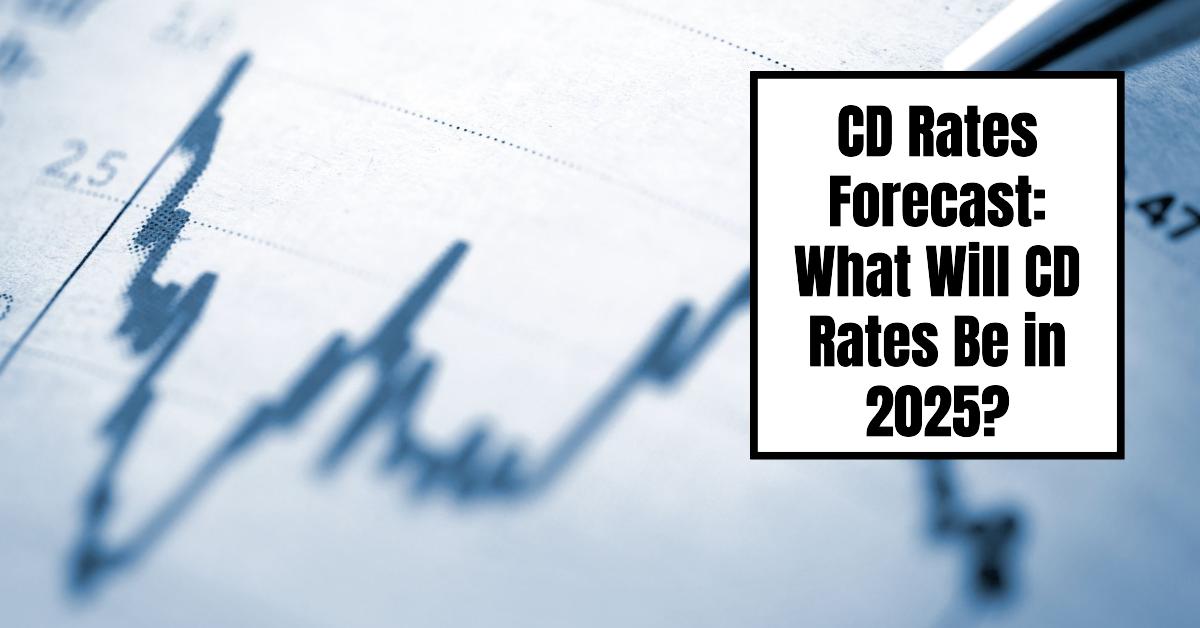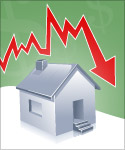As we peer into the future, many savers are asking, “What will CD rates be in 2025?” With interest rates swinging like a pendulum and economic forecasts constantly changing, the future landscape for Certificates of Deposit (CDs) is becoming a hot topic of discussion. Understanding what experts predict can help you make informed decisions about your savings and investment strategies.
Predictions: What Will CD Rates Be in 2025?
Key Takeaways
- Rate Predictions: Experts forecast CD rates to trend lower as the Federal Reserve adjusts interest rates.
- Current Opportunities: Today’s competitive rates may soon become a rare opportunity—lock them in now!
- Economic Influencers: Federal policies, inflation, and overall economic health will significantly affect future CD rates.
- Savers' Strategies: Tailoring your savings strategy based on projected rate changes can lead to optimal returns.
The Current State of CD Rates
Certificates of Deposit have traditionally been a safe haven for conservative investors seeking guaranteed returns. The current rise in CD rates, driven largely by Federal Reserve rate hikes, has made these financial products particularly attractive. Today, many financial institutions are offering rates of 5% or higher, particularly for longer terms. Such rates are enticing, prompting many to consider the long-term implications of securing their funds with CDs.
However, as we look ahead, the future for CD rates involves some uncertainties. With recent predictions that the Fed will enact rate cuts to stimulate economic growth, many are left wondering how this will affect yields on CDs moving into 2025.
Factors Influencing CD Rates in 2025
- Federal Reserve's Decisions:
- The Federal Reserve's adjustments to the federal funds rate directly influence interest rates across financial products, including CDs. With a projected median federal funds rate of 2.9% by the end of 2025—2 percentage points lower than 2024—savers should brace themselves for potential declines in CD yields (source: GOBankingRates).
- Inflationary Trends:
- Current inflation rates have prompted the Fed to implement rate hikes. However, if inflation decreases, we could see a subsequent cut in interest rates, which would lead to reduced CD yields.
- Economic Conditions:
- The broader economic environment will also play a role. A thriving economy might shift consumer investment behaviors, leading to lower demand for CDs. Conversely, a weaker economy could spark increased interest in traditional savings products.
- Market Competition:
- Competition among banks and credit unions for depositors’ cash can temporarily keep rates higher. However, if the overall interest rate environment is decreasing, this competitive offering may not last long.
Expert Insights on CD Rate Trends
Financial analysts and experts have weighed in on what they expect for CD rates as we approach 2025. Their insights suggest a mixed outlook:
- Short-term Rates: Many expert forecasts suggest that short-term CDs could continue to provide yields above 3% as we enter 2025, even as longer-term rates could see sharper declines (source: CBS News).
- Long-term Diminishment: Analysts speculate that long-term CDs with rates above 5% may become less common, making those currently available a valuable investment for both short and long-term savers (source: MarketWatch).
- Locking In Current Rates: Experts suggest that if you have the option to lock in current high rates, now might be the time to do so. There is a strong consensus that rates could dip significantly before your investment matures.
Strategic Approaches for Savers
As we gear up for potentially lower rates in 2025, it's crucial to employ effective strategies to enhance your savings:
- Consider Laddering Your Investments:
- Laddering involves investing in multiple CDs with different maturity dates. This approach balances risk and return, allowing you to access funds regularly while still taking advantage of competitive rates.
- Secure Current Rates:
- The prevailing trend suggests that if you find a CD with a rate you'll be content with for the near future, it’s prudent to lock it in. With rates expected to decline, this could secure higher yields for years to come.
- Stay Informed:
- Continuously monitor Federal Reserve policies and economic forecasts. Keeping informed enables you to make timely decisions on when to invest or reinvest your savings.
- Assess Your Financial Goals:
- Understanding your financial objectives is vital. If your goal is stability with modest growth, CDs continue to be a sound investment choice. If you’'re aiming for higher returns, consider diversifying into other investment vehicles.
The Future of CD Investments
As we approach 2025, expect a shift in how CDs are viewed. With interest rates likely to fall, savers may need to reassess their strategies. While CDs have historically provided a safe harbor for savings, the changing interest environment mandates a more strategic approach.
Despite the challenges, CDs will still hold value for those looking to secure funds with guaranteed returns. The key lies in understanding the state of the economy, Federal Reserve policies, and your own financial goals. By encrypting yourself with knowledge and strategy, you can navigate the landscape effectively.
Conclusion
In summary, while today's CD rates appear strong, the forecast for 2025 suggests a decline as we adjust to economic shifts and Federal Reserve actions. By being proactive and adapting your savings strategies now, you can benefit from the current high rates, ensuring your financial future remains bright.
Stay vigilant and be ready to act strategically as the market evolves. Your financial diligence today can pave the way for secure savings tomorrow.
- Interest Rate Predictions for the Next 3 Years: (2024-2026)
- Interest Rate Predictions for Next 2 Years: Expert Forecast
- Interest Rate Predictions for Next 10 Years: Long-Term Outlook
- When is the Next Fed Meeting on Interest Rates in 2024?
- Interest Rate Cuts: Citi vs. JP Morgan – Who is Right on Predictions?
- More Predictions Point Towards Higher for Longer Interest Rates



